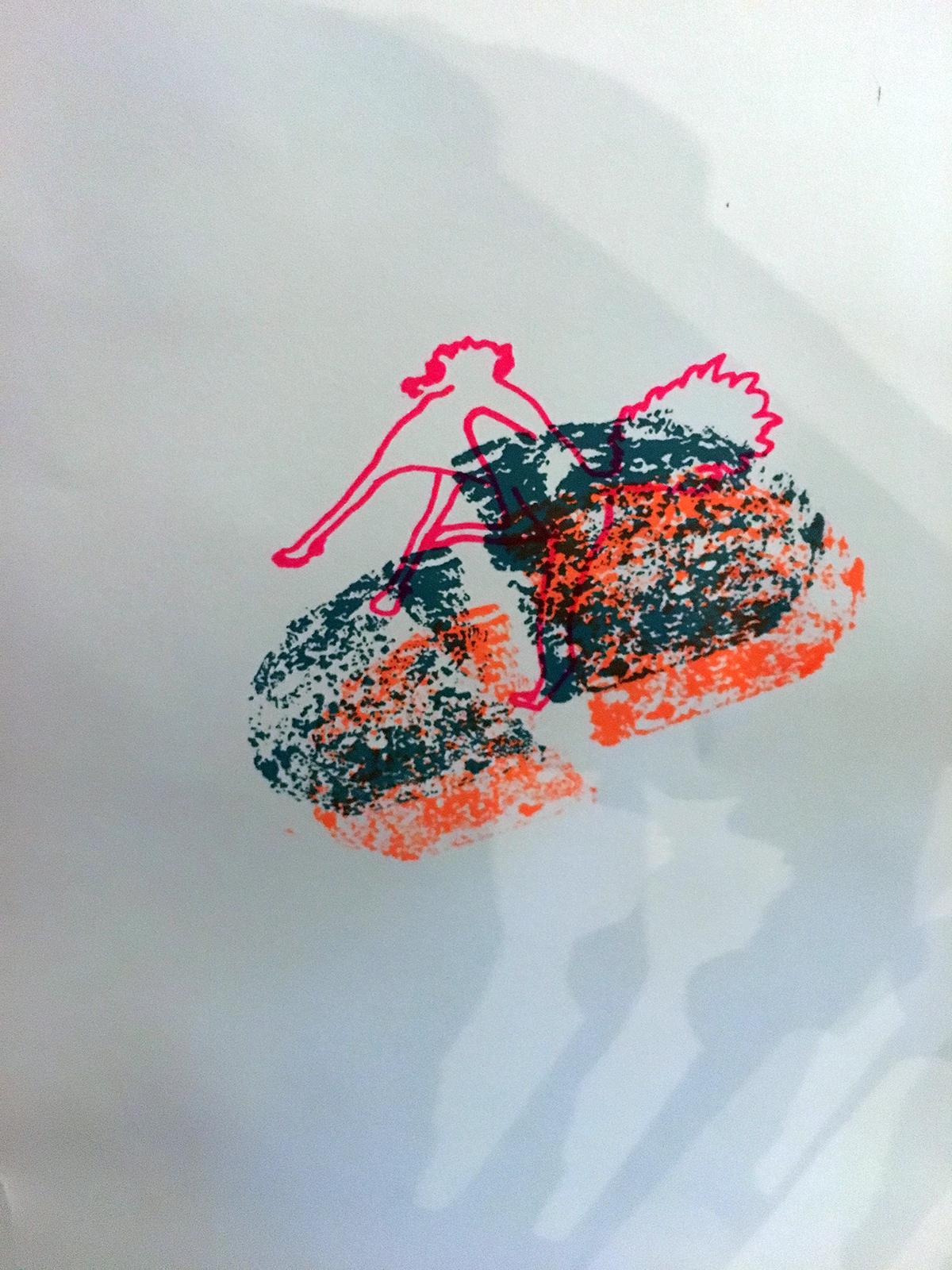Rewrite
In the 21st Century, nothing is created from scratch. When we design or write something, we begin with what is already there, the thing that needs amplifying, editing, making user friendly, massaging into a message, and the circumstances into which the designed thing will be introduced. We may not be conscious of the long trail of precedents, everything like it that has already been done, but our thinking and design choices are nevertheless informed by all the books, buildings, butter dishes or bezier curves that have preceded the books, buildings, butter dishes and bezier curves we are currently designing. “To design is always to redesign” (Bruno Latour 2008)
This is not to imply that to rewrite or redesign is a stifling, constrained task. On the contrary, to weave the strands of influence into a startling new form is the very essence of creativity, as any dancer or jazz musician will know. And to reweave, redesign or rewrite one’s own work is to revisit it, sometimes years later, as a different person, energised or embarrassed enough by it to want to take it somewhere new, to demonstrate to ourselves and the world that we have actually learned something. It’s a small step from here to the idea of picking up someone else’s work and finishing it for them — or re-writing it. A rewrite based on a misreading, to paraphrase Harold Bloom.

In 1977, the same year Voyager 2 was launched at Cape Canaveral, Shaun Cassidy released “Born Late”, a quick follow-up to his successful self-titled debut album, “Shaun Cassidy”. His debut had spun out pop-rock tunes like “Da Doo Ron Ron”, and “Hey There Lonely Girl”. “Born Late” was a modest reprisal of the same beats and tempos, but lacked the luster of that first album even with songs as enticingly titled as “Do You Believe in Magic?”. My sister had both albums. The orange slab serif type over neon green stripes of the “Shaun Cassidy” LP appealed to me, years before I’d learn what “slab serif” meant, much more than the minimal white condensed art nouveau type of “Born Late”. Perhaps it was for this reason that it was the cover of the “Born Late” LP that I casually “rewrote” in 1978. I must have concluded that Cassidy’s nose wasn’t quite right on that LP cover, so I edited it. And then erased the edit and discovered that erasing removed the edit and the image. So I erased some more hoping, like in some pre-digital dream, that erasing more would actually restore what had been previously erased. And I kept erasing until all that remained of his nose was a big, white smudge. I re-drew his nose and remember vividly how proud I was at a job I’d thought was done so admirably well that my sister would never notice.
There was an obvious permanence to my rewrite of “Born Late”. But it’s the ephemeral continuity of “rewrite” that most interests me. Our environments are constantly being rewritten. Winds rewrite the dunes. Rivers rewrite the valleys. Oceans rewrite the coastlines. Clouds rewrite the sky. Over and over again. Rewrite on endlessly geologic terms. Climate change might be considered a “rewrite” — after all one must concede it’s entirely possible for rewrites to not yield promising results. Harold Fisk’s map of the Alluvial Valley of the lower Mississippi river has been a critical visual in my approach to this theme. The collected re-directions in one single map reveal the meandering flow of the Mississippi via an accumulated graphic volume grounded in a geographic language.
Each One Teach One
The phrase “each one, teach one” is generally believed to have its roots in the African-American community and the struggle for education among enslaved people in the United States. During slavery, African Americans were often prohibited from learning to read and write. Despite these restrictions, those who managed to acquire literacy skills would often secretly teach others, perpetuating a culture of mutual aid and resistance against oppression. This informal and clandestine system of education helped to preserve and spread knowledge despite the severe limitations imposed by slavery.
“Each one teach one" embodies a philosophy of sharing knowledge and learning within a community, emphasizing the importance of personal responsibility in spreading education and enlightenment. The concept suggests that each individual who learns something should pass that knowledge on to another, creating a chain of learning and empowerment.
Floating Stencils
The method of “floating stencils” in screenprinting is one in which images aren’t exposed into the screen with photo-sensitive emulsion. Instead temporary screen blocks are created with materials such as talcum powder, wax crayon and cut paper. The technique was introduced during Rewrite as a method for working quickly, but also its palimpsest-like characteristics — images layering over one another, mixing and juxtaposing with each new addition.


Rewrite / Devon UK
Following Rewrite on Vinalhaven, a second residency was hosted in at Silverton Stables in Devon, UK.
